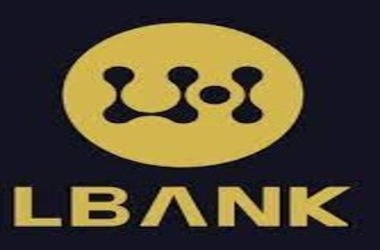 Advancing JPM Coin with Programmable Payments
Advancing JPM Coin with Programmable Payments
JPMorgan, a leading player in the banking industry, has elevated its blockchain-powered payment system, JPM Coin, by introducing a cutting-edge programmable payments feature. This newly integrated capability empowers companies to automate fund transfers based on preprogrammed conditions, facilitating seamless movement of funds to fulfill various financial obligations, including overdue payments and margin calls.
Streamlining Financial Operations with Automation
Naveen Mallela, the head of Coin Systems at JPMorgan’s blockchain division Onyx, highlighted the significance of this enhancement, emphasizing that the ability to program payments has long been a sought-after feature in the realm of digital currencies and tokenized deposits. The introduction of programmable payments not only streamlines financial operations but also provides companies with the flexibility to automate fund transfers in response to specific conditions.
Unlocking Income Potential in Low-Interest Environments
Mallela further explained that programmable payments present an opportunity for companies to maximize income on deposits, especially in environments where interest rates are low. In scenarios where interest rates are minimal, treasurers may be less concerned. However, as rates rise, the appeal of these programmable payment capabilities becomes more compelling. This innovation offers a strategic advantage, allowing companies to navigate and optimize financial strategies based on prevailing interest rate conditions.
Blockchain’s Role in Instantaneous and Rule-Driven Transfers
JPM Coin, operating on a permissioned blockchain, facilitates instantaneous transfers at any time of day, a marked departure from the batched transfers employed in traditional finance. Additionally, the new system eliminates the need for standing orders by triggering transfers only when predetermined criteria are met. It’s important to note that JPM Coin is exclusive to JPMorgan’s institutional clients, operating on a distributed ledger that isn’t publicly accessible.
Real-World Application: Siemens AG
German multinational Siemens AG has already embraced this innovative technology, configuring its accounts to automatically transfer funds to address potential shortfalls. This real-world application underscores the practical utility and efficiency gains offered by programmable payments. According to Mallela, this marks a significant milestone as it represents the first instance of a traditional financial firm implementing programmable payments at scale, utilizing existing commercial bank money.
A Strategic Leap in Financial Configurability
Mallela concludes by emphasizing that the current traditional bank account offerings have limitations in terms of configurability and rule sets. The introduction of programmable payments by JPMorgan represents a pivotal step forward, demonstrating the ability of a financial institution to incorporate this feature at scale. This strategic leap enhances financial configurability for companies, providing them with a tool to navigate complex financial landscapes with agility and efficiency. As the financial industry evolves, JPMorgan’s commitment to innovation positions it as a trailblazer in driving transformative advancements in digital currency and blockchain technology.








